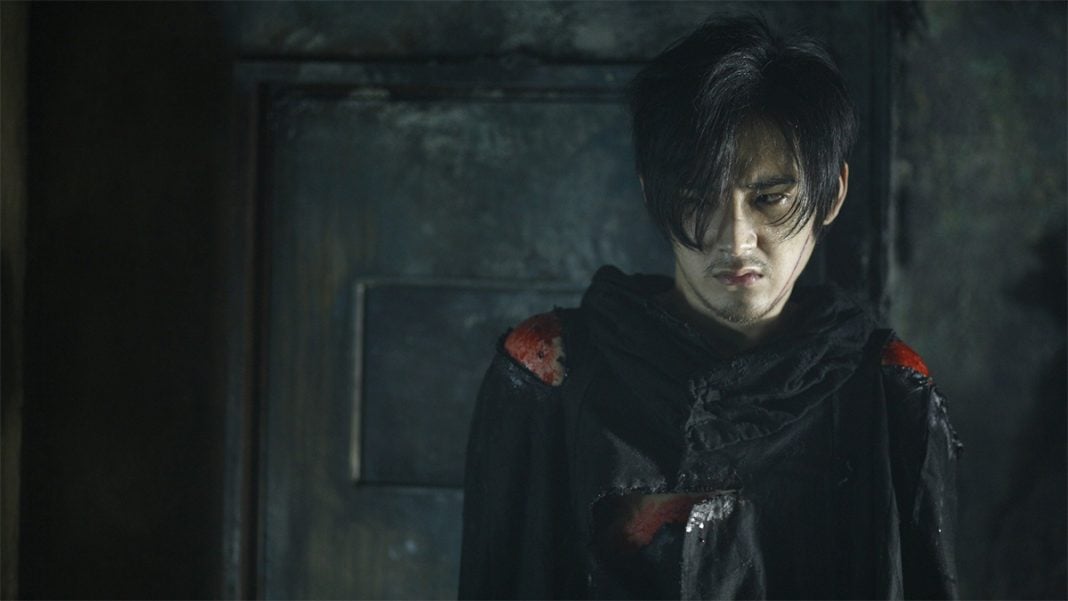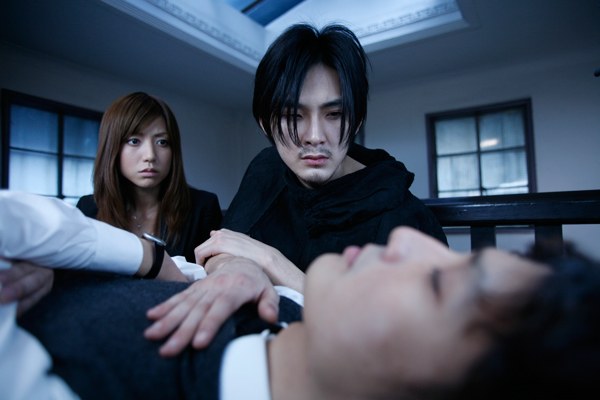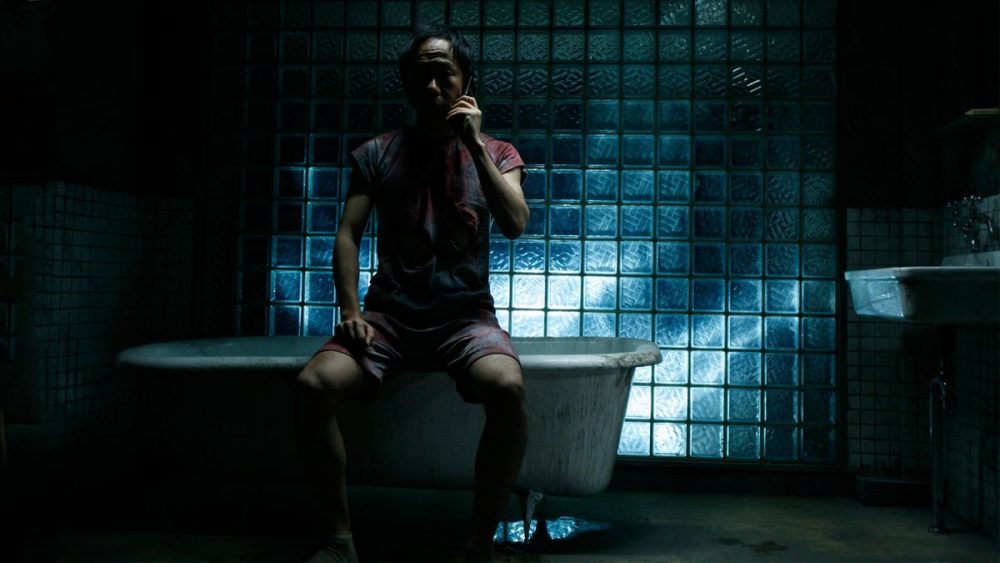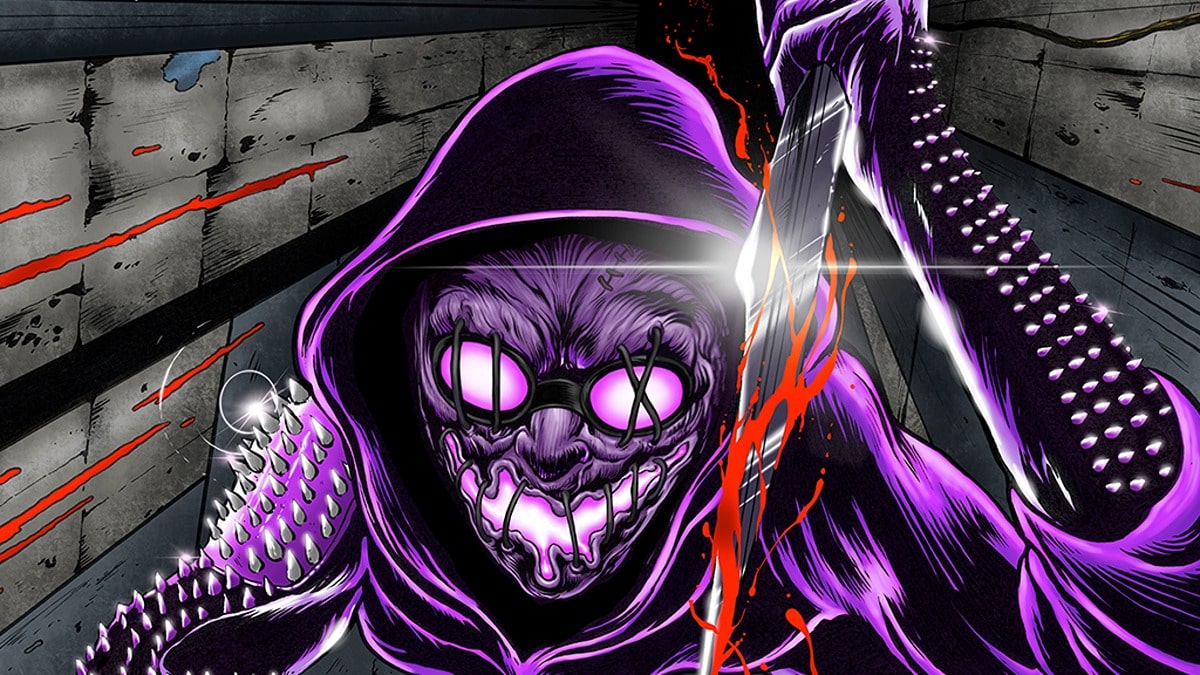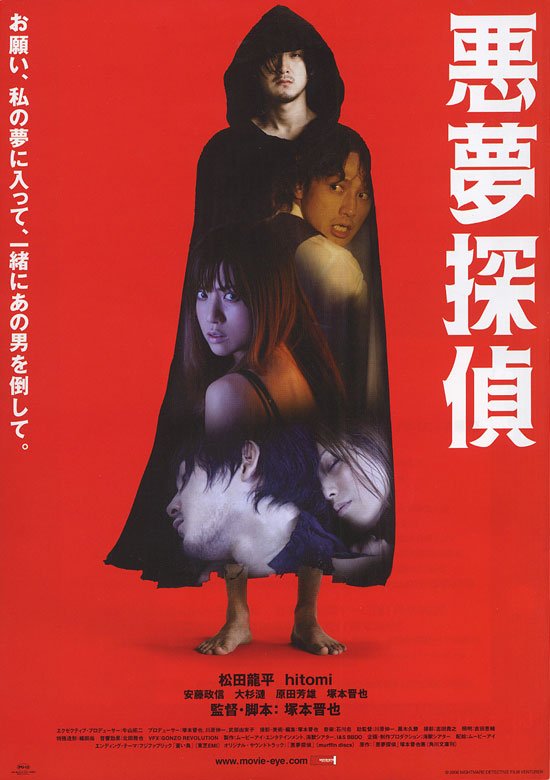
When it comes to Japanese Horror, despite the plethora of disturbing classics conjured up by a slew of filmmakers, the late 90s movement known as J-Horror was the one to embed itself in Western mindscapes. The directors who dominated that era – Hideo Nakata, Kiyoshi Kurosawa, Takashi Miike, Takashi Shimizu – are well known for their respective works made during this boom. Focused almost exclusively on technological anxiety (Pulse, One Missed Call), repressed violence (Ju-On, Cure), and the supernatural clashing with modern everyday life (Ringu, Dark Water), J-Horror left a deep scar in the horror landscape thanks to refreshing representations of these themes, and the nightmare fuel put on screen by some of Japan’s most talented up and coming directors. In 2006, Shinya Tsukamoto, the man behind the cyberpunk psycho-sexual body-horror double-punch of Tetsuo: The Iron Man (1989) and Tetsuo II: Body Hammer (1992) – sci-fi/horror classics in their own right – delivered an underseen J-Horror nightmare that not only worked with the themes intrinsic to the more mainstream sub-genre but also injected his own preoccupations with the body and urban isolation. Nightmare Detective, written and directed by Tsukamoto, comes across as A Nightmare On Elm Street meets Inception, incorporating J-Horror elements of supernatural phenomena manifesting through modern technology and his signature kinetic and disturbing style.
Nightmare Detective tells the story of Kyoichi Kagenuma (Ryuhei Matsuda) and Lieutenant Keiko Kirishima (Hitomi), two detectives handling the investigation of people commiting suicide in their sleep from very different angles. Lieutenant Kirishima is a straight-arrow detective, only recently having switched her desk job for on the ground work, but disturbed by blood. Kagenuma is a haunted man with suicidal ideations himself who is able to jump into people’s nightmares with the hopes of helping them out within their subconscious. The culprit, played by Tsukamoto himself, uses cellphone calls to access and feel his victims, preying on their weaknesses to fulfill some evil need that the detectives cannot fully comprehend.
Kagenuma opens the film and we get a good sense of his power and brooding nature but he isn’t featured as much as one would initially hope. It isn’t until the police realize that this case won’t be solved by traditional means that Kirishima finds him and tries to persuade him to use his powers to stop the deaths. Lieutenant Kirishima carries most of the film, but Kagenuma’s scenes are so striking and memorable that he remains a strong presence even when out of the frame.
Tsukamoto has made a career out of manifesting horror in the flesh by shockingly violent means. This time around, a pervasive mood permeates the film, a style more akin to his earlier horror films Gemini (1999) and Vital (2004). The main difference here is that Tsukamoto employs the tense structure and atmosphere of J-Horror, with a solid mystery at its core that must be resolved before time runs out for the detectives. Moving along to a similar pace to that of Hideo Nakata’s Ringu and Takashi Miike’s One Missed Call, the film also adds more fantastical elements and slasher tropes (grotesque monster and all). Tsukamoto shoots and edits the film with the same wild, kinetic style of his Tetsuo films, only this time it’s more strategic and purposeful within the narrative.
Slasher-like scenes of victims being hounded by an unseen creature feel like a true nightmare as Tsukamoto jump cuts and displaces characters, playing with time and space liberally in his dreamworld. The land of dreams and nightmares is but a reflection of the real world tinged in blue or yellow at times. In Tsukamoto’s distinct DIY style, the film makes use of camera and lighting techniques to place the viewer in another world, Tsukamoto again using the most isolating urban landscapes to produce dread. It’s J-Horror done the Shinya Tsukamoto way.
It’s almost the inverse of the Tetsuo films in that the horror delves inward, in a phantasmagoric space where violence is inflicted from a malevolent force rather than it manifesting physically. In this case, the violence is perpetuated by a seed planted and exploited in suicidal victims. This is not the urban legend coming to life or the girl with long black hair coming for you through the television set, but a surreal journey to the subconscious by way of loneliness and technology.
The film never exploits the difficult topic of suicide, but rather offers an intriguing exploration of depression and those who feed on other’s misery. Kagenuma himself accuses Lieutenant Kirishima of selfishly using him for his powers. Predating Christoper Nolan’s Inception (2010), and released almost at the same time as Satoshi Kon’s Paprika (2006), the film presents us with a protagonist that can enter a person’s subconscious (albeit with supernatural powers) and fix a problem. He can die within or remain stuck in the nightmare. Tsukamoto’s intention is of course very different from Nolan and Kon’s respective visions, but it’s interesting to see how this little seen horror film was dealing with such heady concepts before they hit the mainstream.
Nightmare Detective was released to the direct-to-video market in the US in 2008 (as were all other J-Horror exports before it), a time when audiences had been exhausted by the recurring tropes of the sub-genre and American remakes with diminishing quality. The DVD cover from the Dimension Extreme release displayed a misleading cover, looking more like a sexy thriller rather than the strange fantasia it is. In Japan, the film was successful enough to warrant a sequel, though a US DVD release never materialized. The film is not a perfect one, of course. Tsukamoto’s loose style and narrative bending works perfectly in his more experimental work, but in such a convoluted mystery, the film at times verges on breaking apart at the seams. But for those wishing to see an original and different take on J-Horror that mixes high-concept horror with idiosyncratic J-Horror tropes, Nightmare Detective is a unique and disturbing ride.


